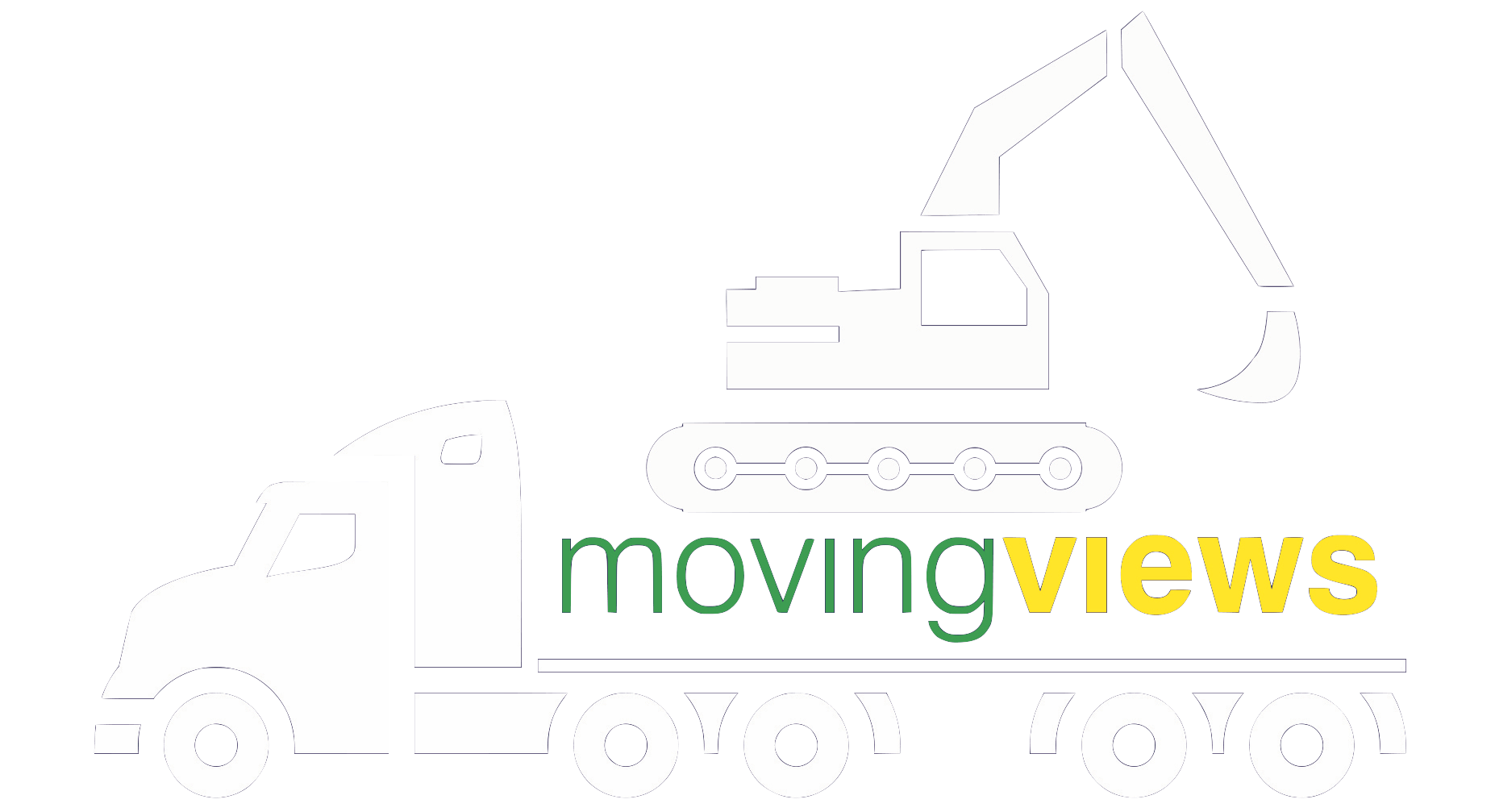WANT TO BUY OR SELL A HOME FOR RELOCATION?
Call Danni 0402 419 081 Email Us Subscribe for all new listingsFAQs
-
What are the advantages of home relocation?
There are many benefits of relocating a home.
- The main advantage is that it's often a much cheaper option when you are looking for a property. Whether it be your first home or an investment, relocatable homes can save you a lot of money.
- Many relocatable homes have period details and craftsmanship that would be very expensive to replicate, that is of course, providing you can even find some of these old period features or a craftsman who is able to duplicate what you are looking for.
- It's more time effective when compared to building a new home from scratch.
- It's an environmentally sustainable option as you are essentially recycling an old home and using most of an existing house for your new home.
-
Where do I start?
At Moving Views we follow the following steps in purchasing a relocatable home:
- We always suggest our clients contact their local council to check if a relocatable home is permitted on their land.
- Also check with your local council if town planning is required.
- Contact your bank or broker and make arrangements for finance if necessary. This way you will have a clear direction on what budget you will need to stick to.
Then, it's as easy as choosing one of our homes and we'll direct you on what needs to be done next.
-
How do I get finance?
Sometimes it can be difficult to obtain finance from banks for relocatable homes. We suggest speaking to your bank manager, or a broker for some direction. Most people draw on money they have saved or against other assets, in order to finance the initial stages of the relocation process. We have some contacts in the industry that we can put you in touch with.
-
Where do you relocate homes to?
We specialise in relocating homes within Victoria. In some cases there may be a surcharge for remote locations, but in this case we will advise you in our detailed, itemised quote. Feel free to contact us for further information.
-
Can you help me with the Building Permit?
We offer our clients an additional service where we can apply for your building permit on your behalf. It works out much easier for you, as we have a clear understanding of what is required and work with a team of people who are professional, reliable and experienced in all aspects of the process.
-
What is included in the cost of relocation?
The cost of your relocation includes:
- The purchase of the home
- Removal permit
- Insurance
- Preparing the home for relocation
- Dismantling the home
- Transportation of the home
- Reassembling the home onto new supplied stumps and re-pitching the roof
-
When the house is on my land, what do I need to organise?
Please see below for a checklist of the items that need to be addressed once the house has been relocated on site, in order to obtain a certificate of occupancy. This is just a guide and we do recommend that you check with your local council and/or relevant building surveyor to make sure that nothing else is required:
- Roofing, facia and guttering.
- Electrical connections, re-wiring and re-connect appliances.
- Plumbing works including sewer or septic connections/installation and re-connect appliances.
- Carpentry works including, front and back landings/steps, eaves and base boards.
- Plastering where necessary.
- Insulation to ceiling and underfloor.
- Painting inside and exterior (some councils request painting be completed for occupancy certificate).
- Termite Spray.
We can also supply you with a list of recommended tradesmen to help you complete the home.
-
How long does the process take?
We always suggest our clients allow a minimum of 3 months from signing their relocation agreement to having a home on your land.
This should allow enough time for all permits and the relocation work. In some cases, it can be done earlier, it just depends on the local council and the nature of each individual project.
It most importantly depends on the availability of the house you have selected and when it needs to be off its original site. In all cases we work as efficiently as possible while maintaining our quality control standards.
-
What will the home look like on the other end?
Obviously it's a big job to move a home from one place to another, some journeys being hundreds of kilometres. It's inevitable the home will look a little different during the process. Rest assured that every precaution is taken to ensure the safe arrival of your home. Any damage is purely cosmetic and can be fixed. Nothing a bit of handy work won't fix. The home goes back together with much attention payed to the structural integrity of the home, and in most cases, it's more solid once moved to the land than it was prior to the shift. The foundations are new and the bracing is reinstated.
Then it is just a matter of renovating the house according to your personal style and breathing a new lease of life into the home. The more of this you can do yourself, the more money you will save, rather than contracting the work out to tradesmen.
-
What homes can be removed?
Most homes are originally not designed for relocation, but are able to be removed to a new site using specialised equipment and techniques. Generally, homes built on a timber sub-structure can be removed. The main types of homes suitable for relocation are:
- Timber
- Weatherboard
- Timber cladding



